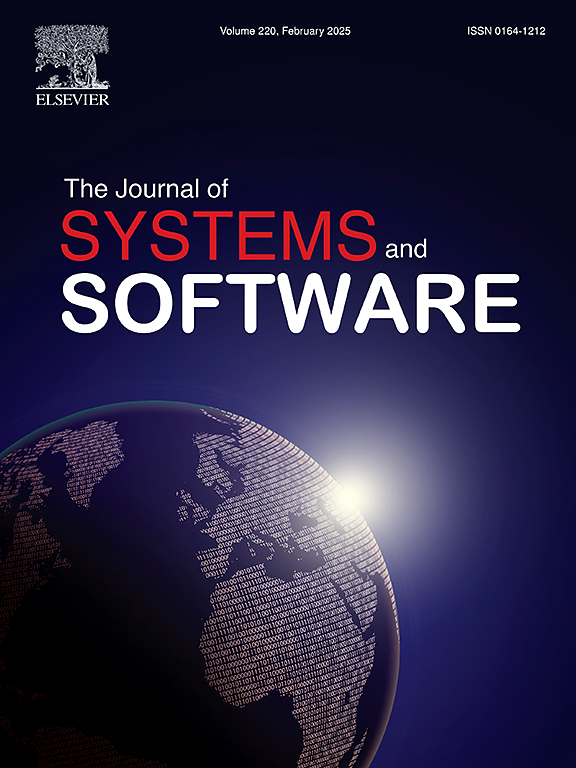A novel method to early agile effort estimation through functional initiatives
IF 3.7
2区 计算机科学
Q1 COMPUTER SCIENCE, SOFTWARE ENGINEERING
引用次数: 0
Abstract
Context
Decision makers struggle to develop rough order of magnitude cost estimates early in an agile software project's lifecycle, when lack of detailed functional user requirements limits Functional Size Measurement.
Objective
This study introduces a new method based on counting initiatives to measure the functional size (Functional Initiative Count (FIC) and Functional Initiative Points (FIP) of agile software projects during their early phases and examines its effectiveness as a predictor of agile software development effort. FIC and FIP are derived from an agile project's high-level initiatives converted into similar size units based on their active verbs. Initiatives, also referred to as capabilities in the Department of Homeland Security (DHS) and Department of Defense (DoD), identifies the means to accomplish a mission, function, or objective. Initiatives are typically documented early in a project's product vision document, product roadmap document, or concept of operations (in the DHS and DoD).
Method
The analysis used historical actual data from 21 agile projects implemented between 2014 and 2022 in the DHS and DoD.
Result
FIC revealed to be a reliable predictor of total software development effort, while FIP revealed to be an even better predictor of total software development effort.
Conclusion
Using FIP is a viable solution to use as a functional size measure for early phase agile software development effort estimation.
通过功能倡议进行早期敏捷努力估算的新方法
本文章由计算机程序翻译,如有差异,请以英文原文为准。
求助全文
约1分钟内获得全文
求助全文
来源期刊

Journal of Systems and Software
工程技术-计算机:理论方法
CiteScore
8.60
自引率
5.70%
发文量
193
审稿时长
16 weeks
期刊介绍:
The Journal of Systems and Software publishes papers covering all aspects of software engineering and related hardware-software-systems issues. All articles should include a validation of the idea presented, e.g. through case studies, experiments, or systematic comparisons with other approaches already in practice. Topics of interest include, but are not limited to:
•Methods and tools for, and empirical studies on, software requirements, design, architecture, verification and validation, maintenance and evolution
•Agile, model-driven, service-oriented, open source and global software development
•Approaches for mobile, multiprocessing, real-time, distributed, cloud-based, dependable and virtualized systems
•Human factors and management concerns of software development
•Data management and big data issues of software systems
•Metrics and evaluation, data mining of software development resources
•Business and economic aspects of software development processes
The journal welcomes state-of-the-art surveys and reports of practical experience for all of these topics.
 求助内容:
求助内容: 应助结果提醒方式:
应助结果提醒方式:


